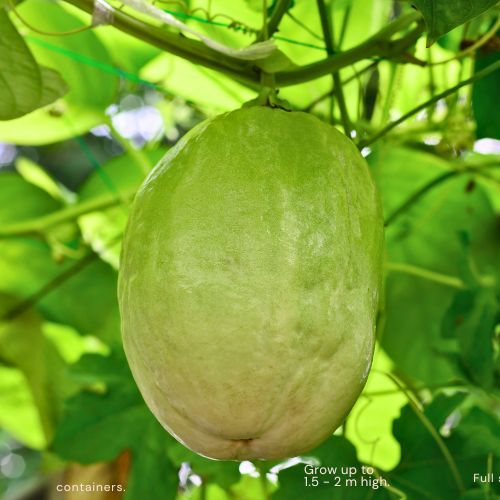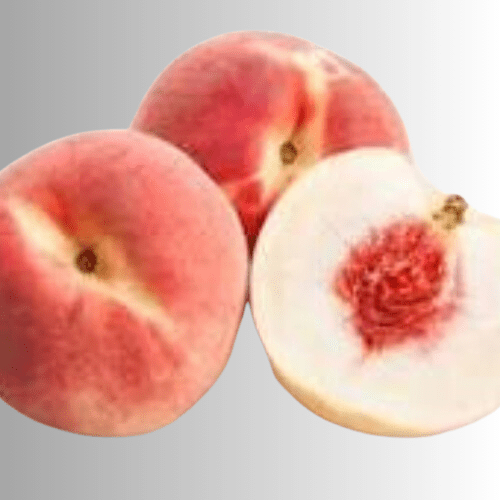Passiflora quadrangularis, commonly known as the giant granadilla, is a species of passionflower native to the neotropics, including parts of South America, Central America, and the Caribbean. It is a vine that can grow up to 15 meters. Its stems have four angles, and its leaves generally have three lobes.
These plants require a temperature no lower than around 16°c when they are flowering in order to ensure fruit set. They can be damaged if temperatures fall much below 10°c
Passiflora plants, in their youthful stage, can start fruiting as early as 1 – 2 years old, a testament to their early maturity. What’s more, they can flower and fruit all year round, showcasing their beauty and adding a touch of nature’s charm to your garden.
The flowers of Passiflora quadrangularis are large, showy, and aromatic. They have five white petals and a distinctive crown of filaments in the centre. The flowers typically bloom in the warmer months. and produce giant aromatic 10 to 12cm edible, melon-like fruits.
The fruit is one of the largest in the Passiflora genus. The fruit has a thick and tough rind that turns from green to yellow as it ripens. It contains numerous seeds surrounded by a juicy and aromatic pulp.
The fruit of Passiflora quadrangularis, a delightful addition to any tropical feast, is not just a treat for the eyes. It’s often savoured fresh or used to create refreshing juices, invigorating smoothies, and delectable desserts. Its sweet, tropical flavour, a harmonious blend of pineapple and banana, is a true delight.
In traditional medicine, Passiflora quadrangularis has been used to treat insomnia, anxiety, and inflammation. However, the scientific evidence supporting the medicinal uses of this substance is limited. Caution should be exercised when using it for medicinal purposes.
Overall, Passiflora quadrangularis is a fascinating plant with beautiful flowers and delicious fruits.
- PLEASE NOTE: Imported Tropical Trees are small in size:
- Scroll Down for Growing Information:










